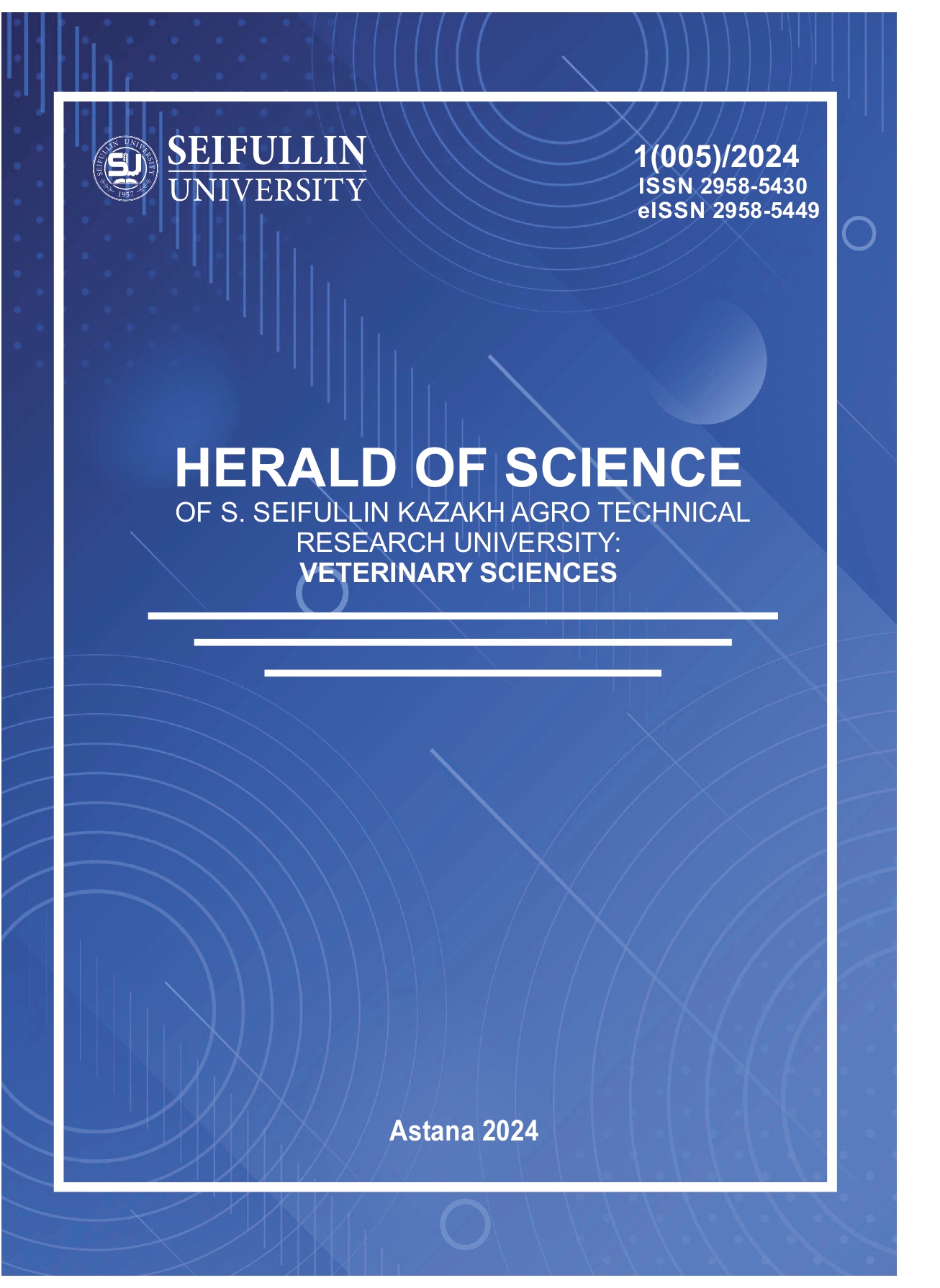THE IMMUNITY DURATION AND INTENSITY IN INDUSTRIAL LAYING HENS FOLLOWING VACCINATION WITH INACTIVATED H5N1 AVIAN INFLUENZA VACCINE
DOI:
https://doi.org/10.51452/kazatuvc.2024.1(005).1604Ключевые слова:
avian influenza immunity; influenza H5N1; vaccination scheme.Аннотация
After the severe AIV H5 outbreak in Kazakhstan in 2020 the extensive use of AIV H5 vaccines started in the industrial poultry farms to limit the H5N1 influenza spread. Traditional methods, such as stamping out are no longer a viable option in countries where Highly Pathogenic Avian Influenza (HPAI) has become endemic. However, available vaccines and vaccination protocols have been widely researched in laboratory conditions, and limited testing has been conducted on commercial layers for the immunity persistence in field conditions. Immunity persistence after AIV vaccination can be quite different between laboratory and field conditions. Our basic goal was to assess the intensity and duration of immunity in commercial layers following 1, 2 and 3 vaccinations. H5N1 hemagglutination inhibition (HI) antibodies were observed 370 days after vaccination of chickens using three schemes of vaccination. However, at 370 days post vaccination 1 experimental group obtaining one vaccination had comparatively low HI titers (mean titer 6,5±1,2 log2), the other two groups having two and three vaccinations showed 8,8±2,4 mean log2 and 9,4±2,2 mean log2 respectively. The described results showed that inactivated H5N1 vaccine can produce lengthy, intense and homogenous immunity under field conditions following 2 and 3 vaccinations.

